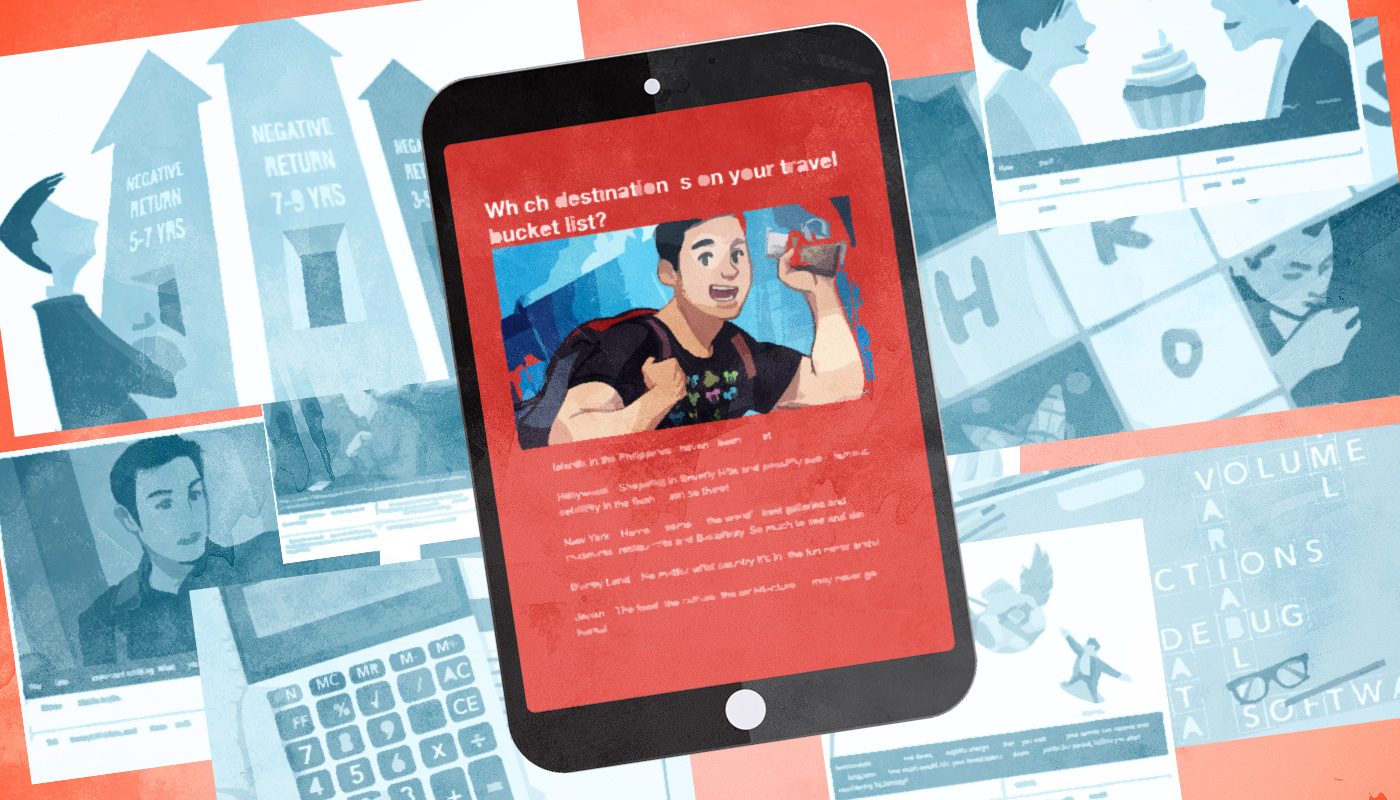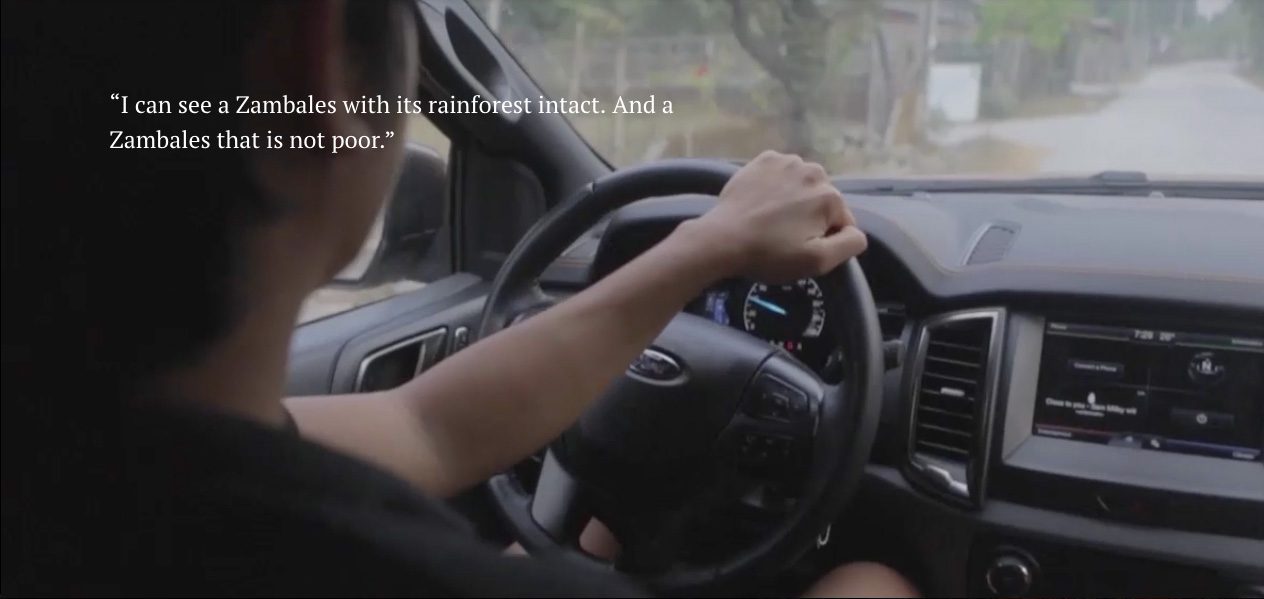SUMMARY
This is AI generated summarization, which may have errors. For context, always refer to the full article.

MANILA, Philippines – 2016 was the year when content truly became king in the digital world.
Some call it native advertising, others call it sponsored posts (in Rappler, we call it BrandRap). Content marketing has been around for a while, but it’s only in the last 4 years when it truly grew in form, audience, and revenue.
According to Content Marketing Institute’s 2016 B2B Report, 88% of businesses now use content marketing. In the Philippines, major local publishers now produce in-house, sponsored content regularly.
“2016 has been the year that everyone came to the table,” said Ben Young, CEO of Nudge Analytics.
It’s a far cry from what things were like two years ago, when infographics were the cusp of innovation in digital marketing. Now all publishers have infographics and Instagram posts.
So what comes next?
Content marketing will continue to grow
Sponsored content will be the fastest growing native format in the next 5 years, according to Business Insider’s 2016 Native Ad Report. Martech Advisor predicts that traditional push advertising, such as banner ads and pre-rolls, will fade and give way to more native advertising this year.
Display ads are losing their effectivity: Pagefair reports that at least 309 million people globally now use ad blocking software on their mobile and desktop devices. A global study by Juniper research predicts that by 2020, blocked ads will cost digital publishers $27 billion in lost revenue.
For brands, social media presence will not be enough. WeAreSocial’s Simon Kemp predicts that next year, mobile messaging will overtake Facebook to become the world’s most active social platform.
“It’s very difficult to buy your way in to people’s conversations,” he said at this year’s #ThinkPH summit.
As audience behavior shifts away from public platforms such as timelines and newsfeeds, marketers need to work harder to make their stories stand out.
We are closing 2016 armed with this challenge, and bolstered by the responsibility to uphold the truth, tell better stories, and inspire courage.
For 2017, we have identified 5 key trends that will impact content marketing in the Philippines.
Trend #1: Video will continue to dominate the internet
Internet users routinely experience information overload: endless, rolling streams of notifications, status messages, links, and headlines melding into one overwhelming blur. Our brains are adapting to tune out most of the clutter – except for videos, which allow us to either rest our minds (think beach videos and food porn) or to consume bits of information faster and with more focus.
Last January, people watched 100 million hours of video on Facebook. Contently predicts that by 2017, 69% of all consumer internet traffic will be video. In 3 years, that number can rise to 85%.
Alongside the continuing popularity of bite-sized informative content (which Buzzfeed has pioneered), the audience will also warm up to live videos. This year, Facebook Live exploded and got new features, Instagram also launched its live video feature, and Snapchat is about to hit $1 billion in revenue.
Platforms are evolving to meet the audience demand for video content. Live video, in particular. It’s the next best thing to being physically present in an event, and is the answer to the millennial generation’s chronic FOMO tendencies.

So what’s next for video? Live videos will continue to be big, and they shouldn’t be just for live, staged events. Think live Q&As, social experiments, performances.
Trend #2: Redefining the user experience – again

“Mobile-first” was the biggest design challenge for platforms and publishers 2 years ago. As people started spending more time on mobile devices, executions also evolved: from long form verticals to quick social posts, from text-heavy to more visuals and video.
Now mobile first is the norm, not a trend. User experience on mobile needs to level up again.
In the same way that video works because it gives users a chance to “tune out” from online clutter, user experience is shifting towards developing immersive content. The way to capture the audience is through stories that bring an actual moment to life.
This means stories don’t have to be static or flat. Today, interactivity doesn’t just denote clicks or swipes. Images and stories can be “experienced” rather than seen or watched. Stories don’t have to be end with being published or shared – they can continue being told in real time.
Virtual Reality (VR) is popularly perceived to become one of 2017’s biggest trends. The New York Times started sharing 360 videos daily this year. Facebook debuted VR for images as well. Soon, anyone can stream live 360 video from the platform too.
Post from RICOH THETA. #theta360 – Spherical Image – RICOH THETA
A 360 image from our story on Metro Manila’s central business districts
VR is tricky – it’s beautiful, but it takes time and effort to produce. But the technology is bound to become more accessible soon, so go ahead and experiment with the format.
Trend #3: Data-driven creative

As new tools to collect and filter data are being developed, marketers are finding it easier to understand the audience demographic, post-campaign.
But data isn’t just for making better observations, ad deliveries, and analytics – in 2017, data will further enhance how content will be made and optimized.

Data is already being utilized to improve delivery of display ads. In 2017, publishers and marketers will find ways to expand that use in content marketing.
Pageviews isn’t the only data that matters. For example, data such as users’ location, last read story, or recently shared article can help creatives create customized, targeted content. It can be used to identify verticals that run across a brand’s current audience base. It can be used to target content to a specific set in the audience – right when they need it most.
Review the role of data in your marketing campaign. Don’t just use it to monitor results – find ways to use it to create better results. Content that gathers data, such as crowdsouring or polls, can help you create better stories moving forward, too.
Trend #4: Non-linear content

Compared to other forms of advertising, content marketing puts more focus on the readers’ needs and wants. In order to gain and keep and audience, native advertising should address what readers look for online: a way to deal with content fatigue, a desire to make a difference, or even simply a chance to learn something new about themselves in an easy way.
While long-form, in-depth stories will continue to hold their weight, in 2017 content marketing will continue to shift more toward non-linear content. This means more visual stories – infographics, social posts, slideshows – and also more compelling interactive content: crossword puzzles, quizzes, choose-your-own-adventure games, calculators.

Brands and publishers need to rethink traditional workflows and editorial guidelines to be able to create effective non-linear content. Readers are not just story consumers anymore: they can be a story or a campaign’s co-creator.
Trend #5: Great storytelling

When Brandrap launched officially in 2013, the digital advertising landscape largely mimicked block placements and product-heavy efforts available on print, tv, and radio.
But campaigns such as WhipIt – our award-winning series on women’s issues created in partnership with Pantene – proved that brand stories don’t always need to be about product first.
It can start with a powerful big idea – similar to how a journalist would pursue his or her human interest stories.
Effective content is essentially a good story. Nothing sticks in readers’ minds like a piece that imparts a strong truth, and leaves them feeling inspired to compelled to take positive action.
The most-viewed story on Brandrap this year was a piece on making childhood dreams come true. A list on positive everyday choices had over 90,000 likes and shares across our social media platforms. A Twitter conversation where people shared what they’d like to tell their future selves trended locally. Stories of toughness, of embracing identity and of achieving practical milestones were also well-received.
Branded content has played a role in Rappler’s 4-year growth from 6 million to 40 million average pageviews per month. Regardless of whether they were branded or not, empowering stories proved popular with our readers.

Whether it’s through collaborating with publishers, or using platforms such as as Xchange, creating genuine stories help generate credibility for brands.
Great storytelling is easier said than done. But it’s not impossible. All you need is a great big idea – it doesn’t have to be something you’ve never heard of, but you must find ways to make it truly yours, and truly beneficial for the audience you’re talking to. – Rappler.com
Add a comment
How does this make you feel?
There are no comments yet. Add your comment to start the conversation.